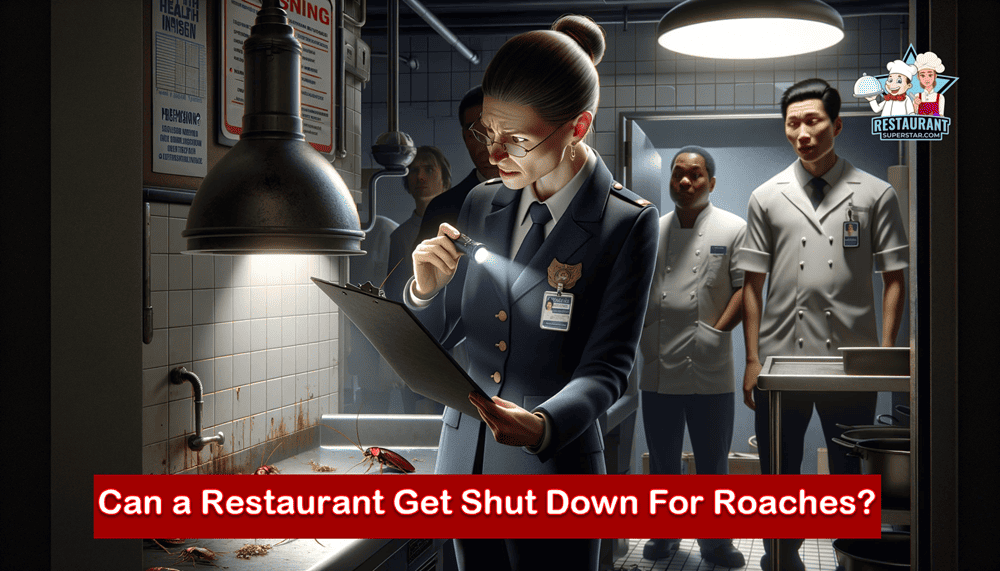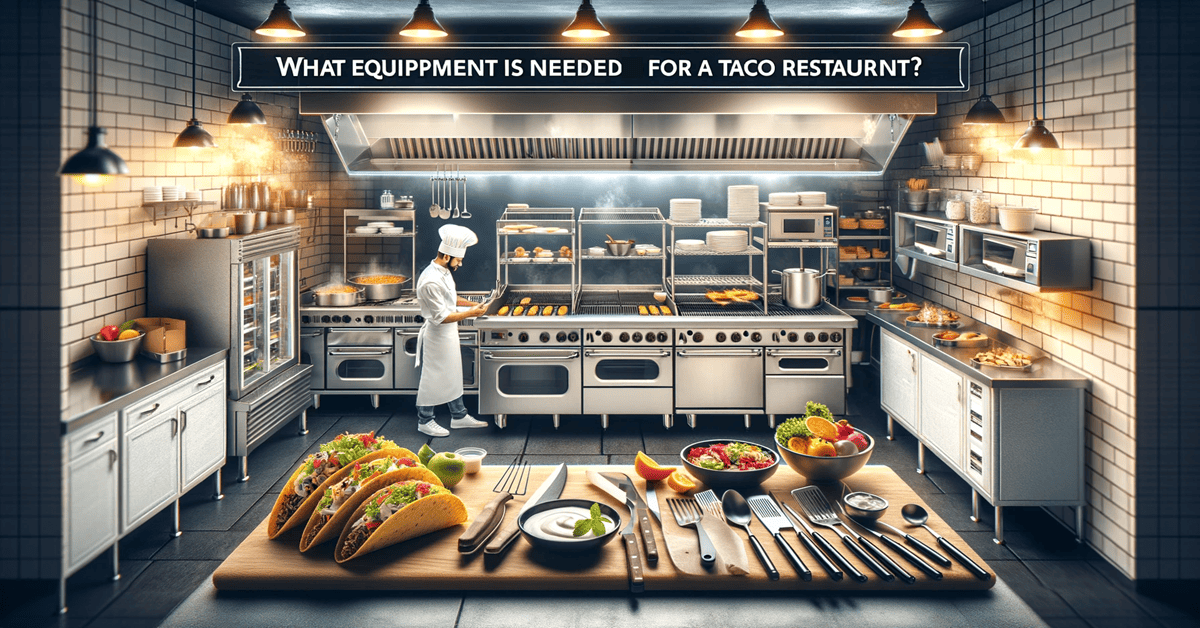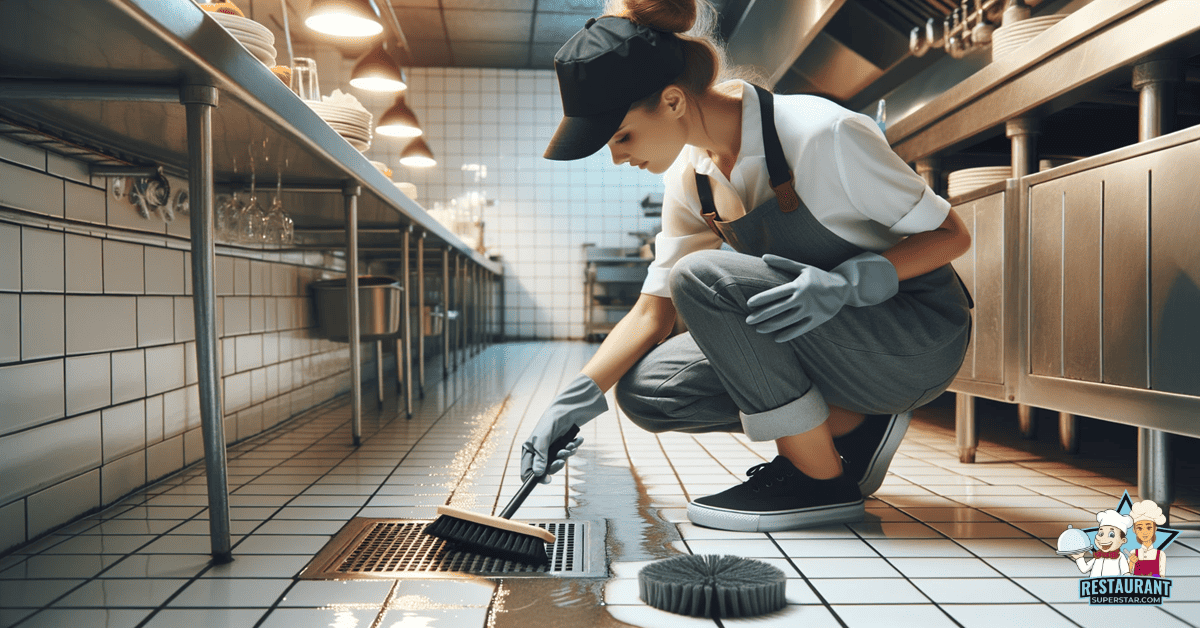How Often Should a Restaurant Grease Trap Be Cleaned?
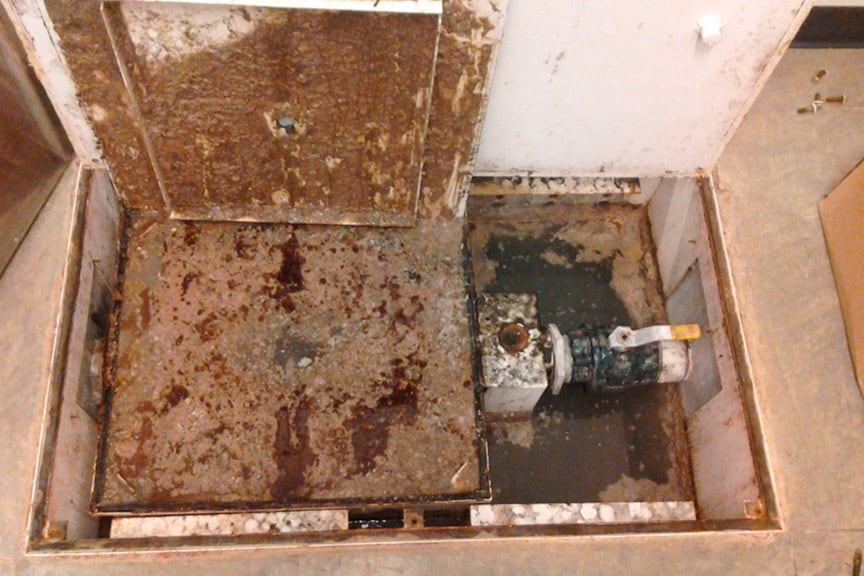
Hi. I’m Jack Bastide. You are in the right place if you are wondering How Often Should a Restaurant Grease Trap be cleaned. This article will cover this and many other vital questions about grease traps.
How Often Should a Restaurant Grease Trap Be Cleaned?
How Often Should a Restaurant Grease Trap Be Cleaned? A restaurant grease trap should be cleaned every 30 – 90 days, depending on capacity and usage. A good rule of thumb is to clean it out when it’s 1/4 full. There are commercial services that will handle everything on a schedule. A neglected grease trap is unhealthy and could be a fire hazard.
You should check your trap frequently to see how fast it fills up with organic byproducts. You can then create a cleaning schedule. If your trap needs emergency cleaning more than every 30 days, you should consider upgrading to a larger capacity.
What Is a Restaurant Grease Trap?
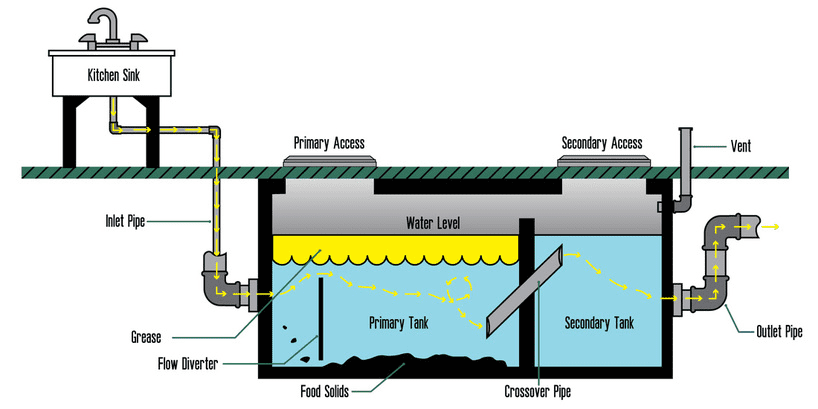
A grease trap is a handy device that prevents fats, oils, grease, and solids (FOGS) from clogging up the municipal sewer system. You’ll find them installed in kitchen sinks, stopping fats and grease from sneaking into the drains.
Remember, they need a good cleaning every 1-3 months or when they’re 1/4th full. It’s all about proper maintenance to keep the environment happy and avoid any trouble with city regulations.
How to Clean a Restaurant Grease Trap
The best way is to hire someone. Cleaning a grease trap is not the most pleasant process in the world. But if you insist on doing it yourself, here is an article on how to clean a restaurant grease trap.
What Happens if You Don’t Clean a Grease Trap?
If you don’t clean your trap regularly, it can lead to health issues for your staff and customers. Grease can harden in the drains, causing blockages, clogs, corrosion, slow sink drainage, and expensive repair bills. Plus, a neglected trap is not only a fire hazard but also stinks and catches the attention of city inspectors. So, make sure to keep it clean and safe.
What Does a Restaurant Grease Trap Do?
A restaurant grease trap is like a super useful container that catches fats, grease, and oils in commercial kitchens to keep them from clogging up the sewer system. Many cities even have rules that say you gotta have one. It’s super important to clean it regularly to avoid stinky odors, clogged drains, health issues, and big bills for fixing stuff.
Plus, a full trap could even be a fire risk. Luckily, fantastic plumbing services can handle all the maintenance stuff for you.
What is The Difference Between a Grease Trap and a Grease Interceptor?
Grease traps and grease interceptors effectively separate fats, grease, and oils from the water before they go to the sewage treatment plants. The difference is the amount of volume they can handle. A trap is smaller and will usually go under the kitchen sink. An interceptor is much larger and will usually go outside or underground.
A trap needs cleaning once a month or when 1/4th full. An interceptor is much larger and requires less frequent cleaning. A non-professional can clean a trap, while an interceptor requires a professional cleaning service.
Why Does My Grease Trap Smell?
When bacteria start breaking down the organic cooking waste in your trap, it causes sulphuric gasses to be emitted. These gasses cause that foul “rotten egg” smell you notice. The easiest fix is to service the trap while cleaning it thoroughly.
Can Grease Traps Cause Fire?
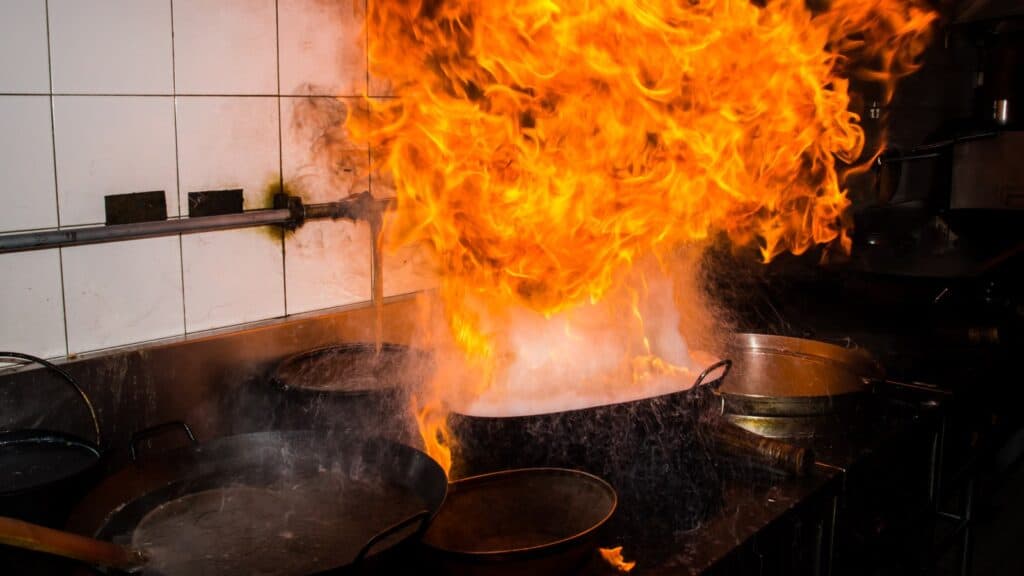
Yes, and a grease fire can be very hard to put out. Water will NOT put out a grease fire and will cause it to spread. You should use a fire extinguisher or baking soda instead. It doesn’t take a lot of grease to start a fire. Drain and clean your grease trap, and don’t let it overflow. There are services to help you.
Are Grease Trap Fumes Toxic?
According to OSHA, Grease traps can generate toxic (and flammable) gasses over time. This can include carbon monoxide, carbon dioxide, methane, hydrogen sulfide, and other gasses depending on the fats, oils, and grease (FOG) present in the trap.
Does Vinegar Cut Grease?
Yes, vinegar is an excellent degreaser. The acid in vinegar will break down the grease. It can even be used as a disinfectant for cleaning drains and pipes. Vinegar can also be used for cleaning dirt and grime from your sink. It can be used on almost any surface, including plastic, stainless steel, ceramic, and more. If you’re looking for a great cleaning product, vinegar is good.
Conclusion
A grease trap separates fats, oils, greases, and solids (FOGS) from wastewater. Cleaning it regularly is very important. You might be able to service it yourself, but hiring a plumbing company is better. A neglected grease trap can be a health hazard, resulting in clogs, overflows, terrible odors, and repair bills. It can also be a fire hazard.
Jack Bastide is a Restaurant Consultant focusing on Restaurant POS technology. Check out our world-famous restaurant resources page for a comprehensive offering of hand-picked resources and tools to help your business. You can also check out some of our other restaurant business articles.

